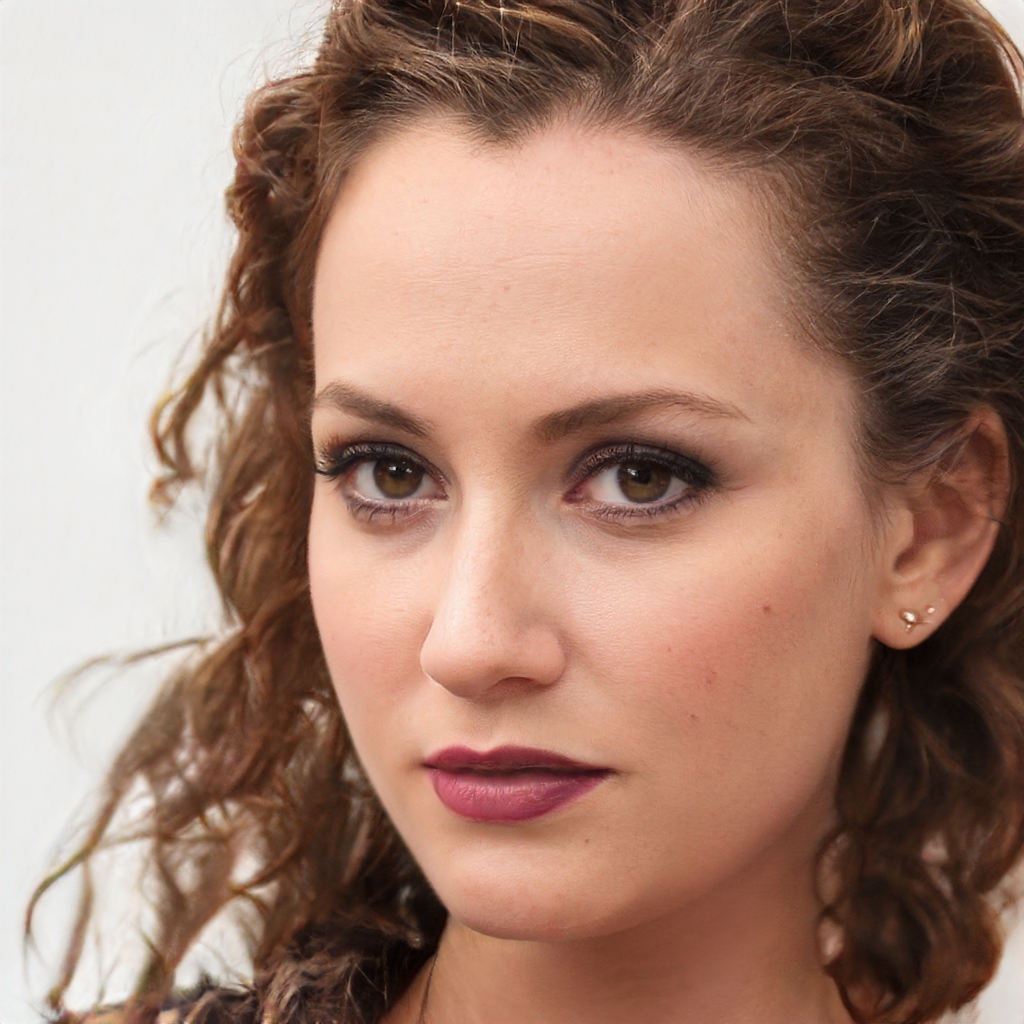In just 12 months they have grown by over 30,000%, but their future is still impossible to predict. What Ripple is and how to create it
Many consider it as the third wheel in the magnum sea of cryptocurrencies. As the only real alternative to Satoshi Nakamoto's Bitcoin and Ethereum's smart contracts. We are talking about Ripple, a cryptocurrency unknown to most until the first half of 2017 and suddenly become a real world phenomenon.
A fame that finds an explanation in the impetuous growth of Ripple. At the beginning of 2017 their quote was just $0.006; twelve months later the Ripple quote was over $3.00, for a growth of over 30,000% year-on-year. Performance higher than any other cryptocurrency, which allowed its creator to become for a few hours the fifth richest person in the world (richer than the founders of Google). Chris Larsen, this is his name, owns almost 6 billion Ripple, obtained at the time of the launch of the digital currency in 2012. Now Ripple's valuation has been lowered, but this has not served to "limit" its anti-Bitcoin ambitions.
What is Ripple
The name Ripple identifies both a digital circuit for payments and capital transfer, and the cryptocurrency used on this same circuit to send money for free anywhere in the world in real time (or almost). Unlike Bitcoin, conceived by its creator as a tool to accumulate value, Ripples were created solely and exclusively to allow the exchange of money from one end of the world to another, quickly and easily. This is why they are considered by most to be the cryptocurrency of banks, lenders and investors around the world.
It is no coincidence, in fact, that the value of Ripple began to soar when some banking institutions in Southeast Asia (Japanese and Koreans, in particular) have begun to officially support the cryptocurrency created by Larsen and use it for the movement of capital between their offices around the world.
How to create Ripple
Unlike Bitcoin and Ethereum, it is not possible to mine Ripple and, therefore, create them. Ripple's entire "stash" (100 billion tokens or digital coins) was disbursed when the cryptocurrency was created in 2012. Now (beginning of January 2018) there are about 38 billion of them circulating, but it cannot be excluded that soon the financial market could be literally flooded with Ripple (with effects still to be deciphered). The only way to get Ripple is to buy them online, as if they were a stock or a "real" currency. It is, therefore, a high-risk investment, which could make you earn thousands of euros in minutes, or make you lose everything just as fast.
